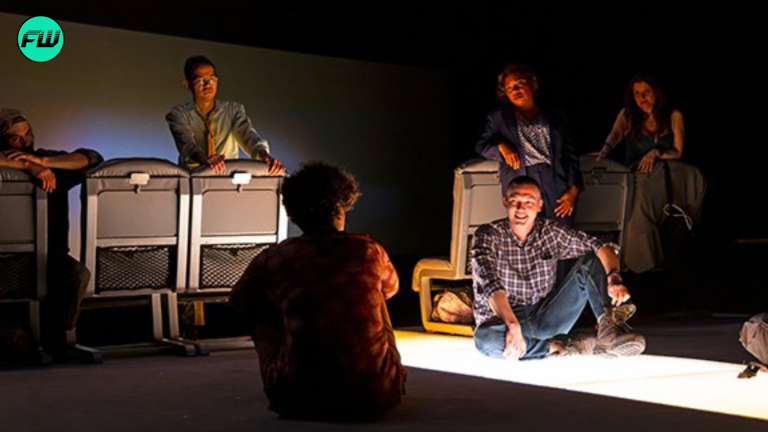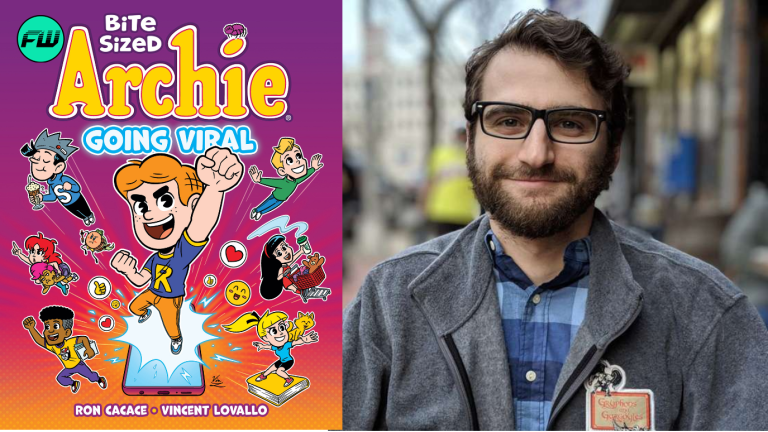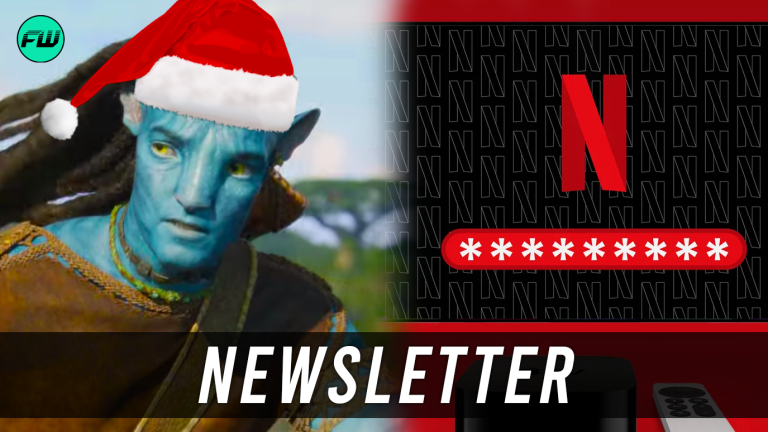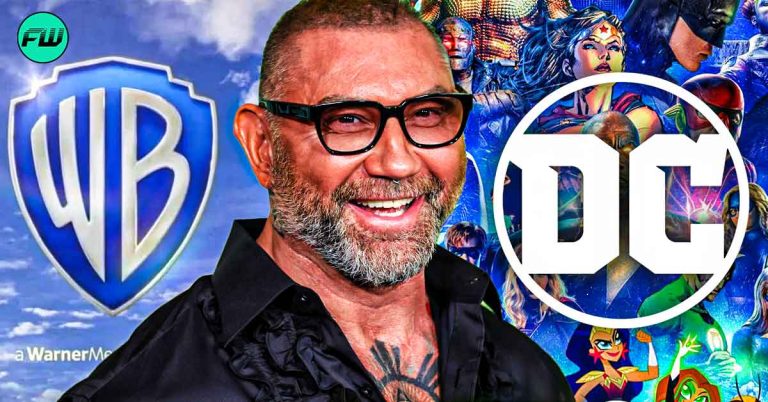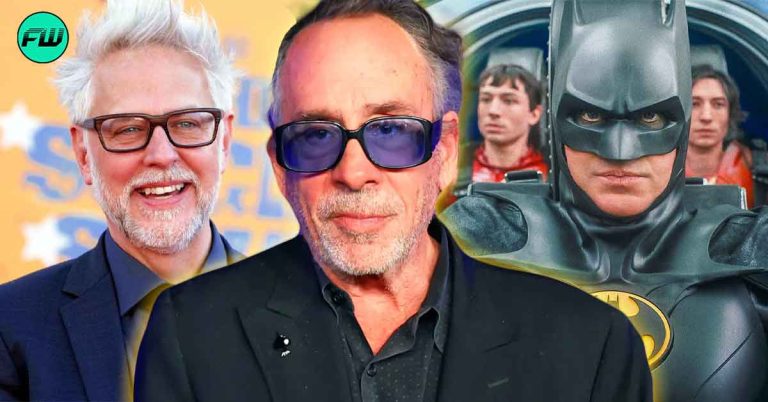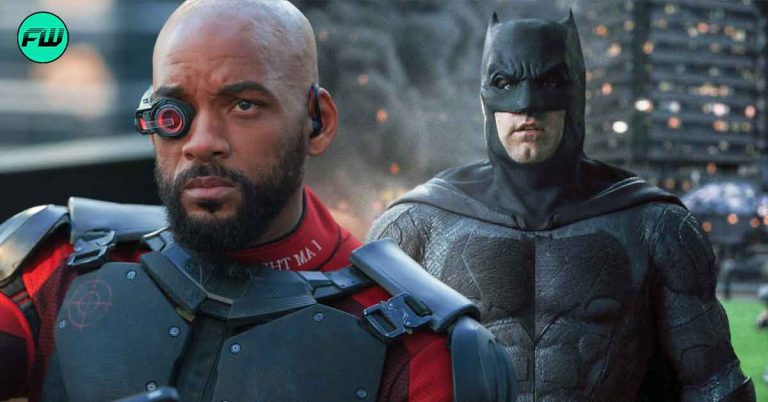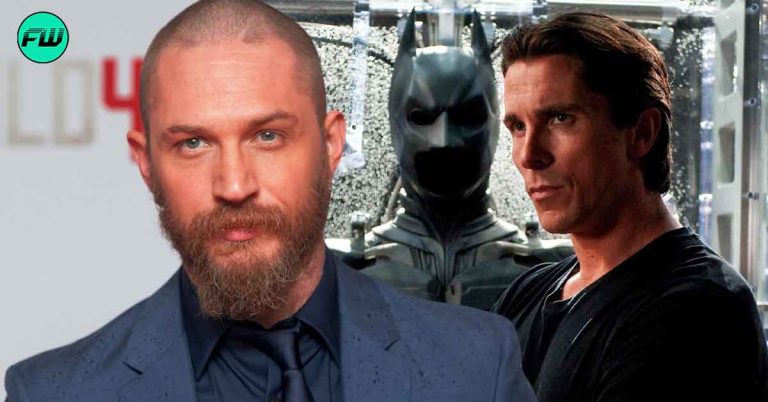Most people have heard of the Justice League, right? Well, how many of them know of The Justice Society? Not many. The team was first introduced in 1941’s All-Star Comics #3 by science-fiction writer Gardner Fox and All-American Publications Editor Sheldon Mayer. The original team consisted of Doctor Fate, Hour-Man (later Hourman), the Spectre, the Sandman, the Atom, Flash, Green Lantern, and Hawkman. These were not the versions we know today though. Flash was college student Jay Garrick, Green Lantern was train engineer Alan Scott, and Atom was boxer Al Pratt.

The team was created as a joint effort between National Allied Publications and All-American Publications (which would later merge and become DC Comics) in order to increase the sales of the lesser-known characters. This led to bimonthly, 64-page issues in which they would appear together in the first and last few pages, but the remainder of the title was them splitting off to have individual adventures. It was not intended to be a “team book” but it ended up creating the world’s first superhero team, as well as the first inter-company crossover in comic book history.
During the comic’s run, they introduced such characters on the team such as Johnny Thunder, Black Canary, Starman, Doctor Mid-Nite, Wildcat, and Mister Terrific. Notably, Wonder Woman was introduced in All-Star Comics #8 in a backup story and became a member of the Justice Society. Superman and Batman were also part of the Justice Society, but they were only honorary members.
In 1951, the Justice Society disappeared from comics, with their last issue being Issue #57. This was not the end of their adventures though, and that is all thanks to their creator, Gardner Fox. He was one of the writers to revive the superhero genre with DC’s new characters. This new age brought about new heroes, such as Atom, Hawkman, Green Lantern, and The Flash. These were not the previous versions though. They were: scientist Ray Palmer, space cop Katar Hol, pilot Hal Jordan, and police scientist Barry Allen. With this, there was a revival of the Justice Society, now known as the Justice League, with Superman, Batman, Wonder Woman, The Flash, Green Lantern, Aquaman, and Martian Manhunter.

At the time Gardner Fox was writing a lot of Flash issues, and one of them was Flash #123, “Flash of Two Worlds.” This saw Barry Allen meeting Jay Garrick for the first time, and it cemented the fact that the Justice League and Justice Society were on different earths. This led to the first team-up between the Justice League and Justice Society in Justice League 21 and 22. These went on from 1963-1985, until Crisis on Infinite Earths, which took its name from the annual crossovers.

In 1981, JSA fan, creator of Alter-Ego, and personal friend of Gardner Fox, Roy Thomas, created a new superhero team based on the Golden Age of comics, called the All-Star Squadron, which took its name from the book the Justice Society debuted in. Thomas placed the comic series in the past, in the midst of World War II, and included the Justice Society, the lesser-known Seven Soldiers of Victory, the Freedom Fighters, which was a team created for the annual crossovers made up of former Quality Comics characters, and he included the majority of the superheroes DC made in the 1940s as part of the team. Thomas also created a mini-series starring the Justice Society, set in the then present, in which the Justice Society was accused of aiding the Axis Powers during World War II, which was named America vs. the Justice Society. (The lawsuit turned out to be false, and it was revealed to have been a plot made by their enemy from their All-Star Squadron days, Per Degaton.)

Along with that, Roy Thomas also created a superhero team of children of the Justice Society members, called Infinity Inc. It was led by Skyman, formerly Star-Spangled Kid, and currently played by Joel McHale (Community, The Soup) on the hit CW show Stargirl. It also included Jade and Obsidian, who were the children of Green Lantern, and the child of Wonder Woman.

In the mid-1970s, Roy Thomas was talking to Gerry Conway about relaunching the Justice Society. Gerry Conway, when talking to Roy Thomas for Alter-Ego, said “Your [Roy’s] interest in an All-Star revival certainly put me on the path to championing it at DC.” This launched in 1976 with All-Star Comics #58 (dismissing All-Star Western, its successor, entirely). The series ran until issue 78 when it was abruptly canceled, and the JSA was featured in Adventure Comics from issues #461-466.

During Crisis on Infinite Earths, it was made so that the Justice Society and the Justice League were on the same earth, and it removed Superman, Batman, and Wonder Woman from the lineup. To combat this, Roy Thomas created the Young All-Stars, which was made as a sequel series to All-Star Squadron, in the vein of Infinity, Inc. It was not hugely popular and was canceled after thirty-one issues and one annual.

After Crisis on Infinite Earths, DC wanted to make their history less confusing and wanted to make it easier for readers to pick up their comics, so they hired Roy Thomas to write the Justice Society out of regular continuity. Roy Thomas created The Last Days of The Justice Society of America, which saw the JSA going into limbo in order to prevent Ragnorok.

In 1991, the Justice Society was given an 8 issue limited series set in the 1950s. They also were brought back into continuity that same year. In 1992, they were given an ongoing series by Len Strazewski, but it only lasted 10 issues, but it was planned to have 12 issues. The final two issues were planned to be a crossover with Justice League Europe, so parts of the final 2 issues were printed in Justice League Europe #49-50. In 1994, the series Zero Hour, Crisis in Time included the deaths of many of the original Justice Society members. The only members that remained active were Jay Garrick, Wildcat, and Alan Scott.

In 1999, the Justice Society was given a new book JSA, which was written by James Robinson and David S. Goyer, but later had Goyer co-writing it with Geoff Johns. It lasted until 2006 when it was relaunched as Justice Society of America, now solely written by Geoff Johns. Also from 2005-2008, there was a series named JSA: Classified which was an anthology that showed the JSA through various points of their existence.

Geoff Johns’ run included such characters as Stargirl, Atom Smasher, Sand, Hourman, Black Canary, Jakeem Thunder, and Cyclone. He was on the series up until issue #26, and the series ended with issue #54. A new series was made called JSA: All-Stars that lasted until issue 18, where it was canceled because of the new DC relaunch, the New 52.
During the New 52, the original Justice Society was erased from existence, and a new, unrelated version, was created on a new Earth-2.
During DC’s next relaunch, Rebirth, various members of the Justice Society were hinted at, including Jay Garrick being envisioned by Barry Allen, and Johnny Thunder appearing in the DC Rebirth one-shot. They finally were brought back into continuity with Doomsday Clock, in which it was revealed that Doctor Manhattan stopped the Justice Society from forming. He undid the damage, and that brought the Justice Society back. Recently, they were shown in Justice League #30-36, and alternate versions of them are starring in Tom Taylor’s Injustice prequel comic Injustice: Year Zero.

The Justice Society was created as a way to showcase their lesser shown characters in order to gauge interest in solo titles, but it ended up gaining a huge following, and they have been featured in comics for the past 80 years. Just like many other creations of the Golden Age, they were never expected to reach this high of a level, including a television show, an animated movie, and a live-action movie. You can see the Justice Society in CW’s Stargirl, an upcoming animated movie called Justice Society of America: World War II, and they will be featured in DC’s Black Adam, starring Dwayne Johnson.



